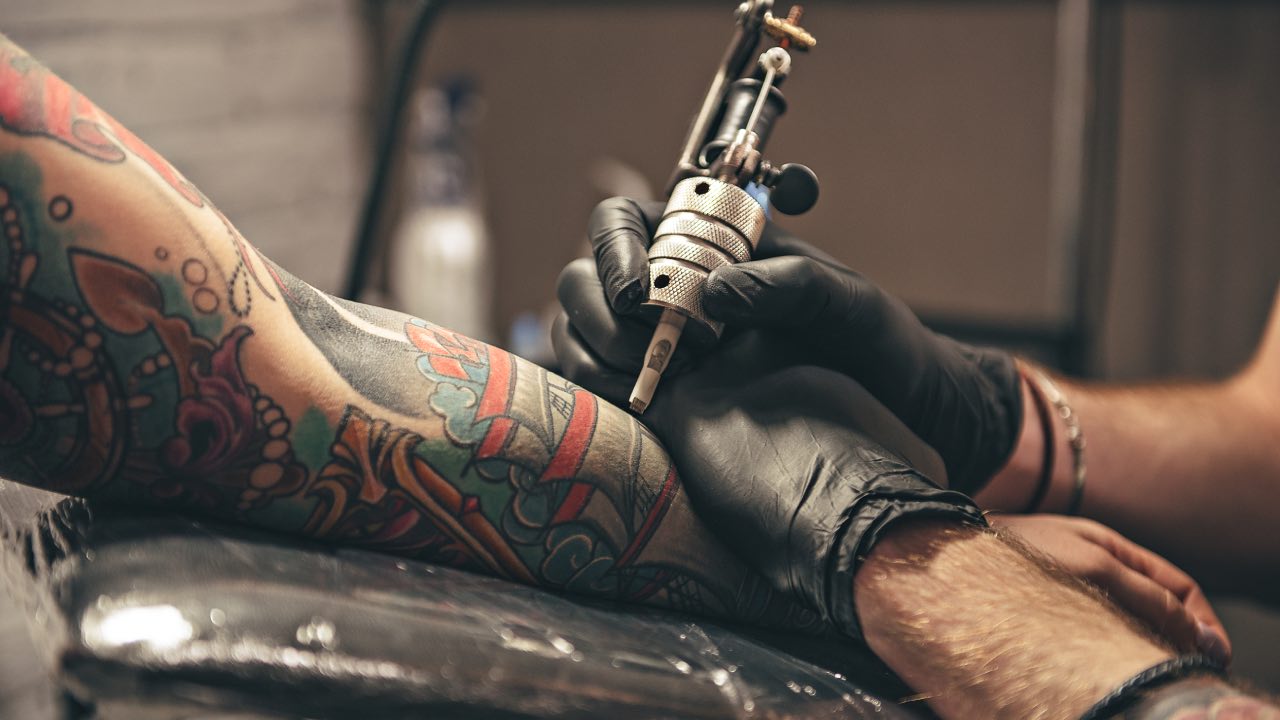Tattoos not a turn-off in emergency doctors

To test whether patients in distress and fear were adversely affected by the appearance of the emergency room doctor attending to them, a group of US medicos spent nine months pretending to have tattoos and body piercings.
The result? Most patients didn’t care a jot.
Researchers Marissa Cohen, Donald Jeanmonod, Holly Stankewicz, Keith Habeeb, Matthew Berrios, Rebecca Jeanmonod, all from the St Luke’s University Health Network in Pennsylvania, asked physicians to slap on fake tattoos and piercings before attending to people admitted to emergency rooms.
Following their treatments, the patients were approached by one of the group, and asked to rate their care. They were asked whether the doctor had been courteous, and whether they were trustworthy. The matter of body art was never raised.
More than three-quarters of respondents gave top marks to the doctors, regardless of whether they looked like an insurance claims adjuster or a roadie at rock festival.
The results were a surprise. A literature review published in 2015 found that although location and setting can influence trust levels, “patients often prefer formal physician attire” in their attending medico.
Cohen and her colleagues suggest that the new results “could simply be a factor of the time in which we did this study”. Tattoos and piercings have become increasingly acceptable at all levels of society, with as many as a quarter of Americans under the age of 60 having some skin art.
“Regardless of reason,” the doctors conclude, “current widespread hospital policy forbidding visible body art in providers in the ED for professionalism concerns or patient satisfaction does not appear to be founded.”
This article was originally published on cosmosmagazine.com and was written by Andrew Masterson.
